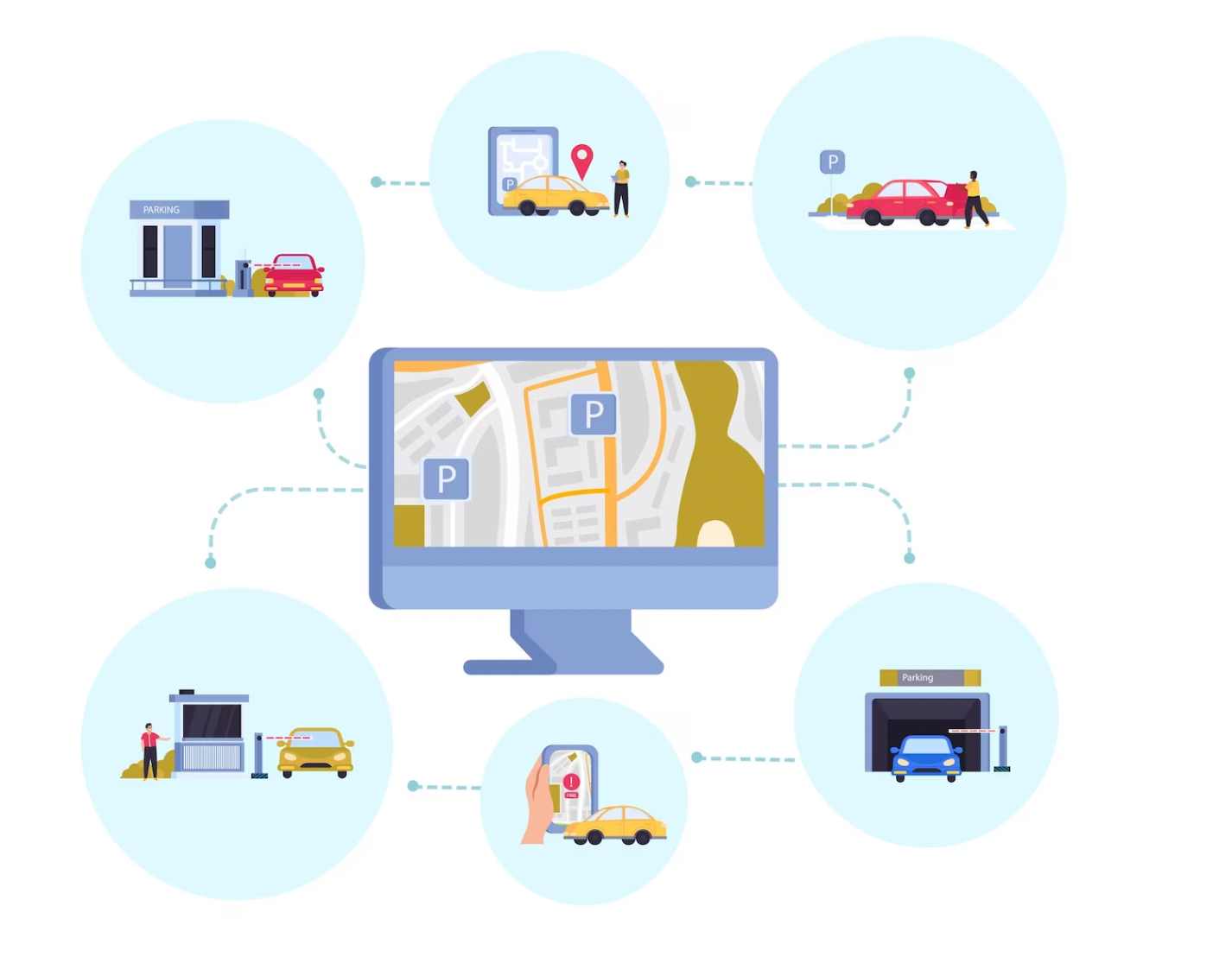In the world of mobile professionals, real-time vehicle tracking has become an essential tool for businesses looking to optimize their field operations. As mobile professionals, you understand how crucial it is to have complete visibility over your vehicles and teams to ensure maximum efficiency. This is where specialized SaaS solutions for real-time vehicle tracking come into play. In this article, we will explain what real-time vehicle tracking entails and how it can help enhance your operational performance.
What is Real-Time Vehicle Tracking?
Le suivi de véhicules en temps réel permet de localiser et de surveiller vos véhicules en déplacement, en temps réel. Le système utilise des technologies telles que le GPS et les télécommunications. Aujourd’hui, il existe de nombreux outils vous permettant d’obtenir des informations spécifiques. Cela fait partie des nombreux avantages du suivi de véhicules !
What are the Benefits of Real-Time Vehicle Tracking?
Route Optimization:
With real-time vehicle tracking, you can efficiently plan and optimize your routes. The technology allows you to see the real-time position of each vehicle in your fleet, enabling you to choose the shortest and most efficient route to your destination. By avoiding traffic jams and delays, you can save valuable time and improve the punctuality of your appointments and deliveries.
Real-Time Fleet Management:
Through real-time vehicle tracking, you can have an overview of your entire fleet from a centralized interface. You can track the movements of each vehicle, monitor their speed, fuel consumption, and even receive alerts for abnormal behavior. This real-time visibility enables you to make informed decisions to optimize resource utilization and ensure efficient fleet usage.
Enhanced Safety:
The safety of your drivers and vehicles is of utmost importance. Real-time vehicle tracking allows you to ensure fleet safety by swiftly identifying potential issues. By monitoring speed, unauthorized stops, or hazardous driving behaviors, you can prevent accidents and take preventive measures to ensure the safety of your drivers on the road.
Reduced Operational Costs:
By adopting a real-time vehicle tracking solution, you can achieve significant cost savings in your operations. You can cut down travel-related expenses by reducing fuel consumption through:
- More efficient driving
- Optimized routes
Furthermore, by monitoring vehicle usage, you can identify potential maintenance issues in advance, helping you avoid costly breakdowns. In conclusion? You steer clear of expensive breakdowns.

How Does Real-Time Vehicle Tracking Work?
Real-time vehicle tracking is based on GPS technology. Each vehicle in your fleet is equipped with a GPS device. It continuously communicates with satellites in orbit to determine its exact geographical position. This information is then transmitted to a centralized software platform. This platform allows you to visualize and track the real-time location of your vehicles.
With real-time tracking, you can see the current position of each vehicle in your fleet on a map. This provides you with a complete overview of the vehicles’ locations, whether on a local or national scale. You can zoom in, move the map around, and get detailed information about each vehicle, including its speed, direction, and status.
Real-time vehicle tracking allows you to set customized parameters and thresholds to receive instant alerts and notifications. For instance, you can configure alerts for speeding, exiting a predefined zone, or any other critical event. These alerts help you react quickly to emergency situations, optimize routes, and enhance driver safety.
Real-time tracking isn’t limited to the current location of vehicles; it also gives you access to trip history. You can review the routes taken, departure and arrival times, distances traveled, and other relevant information. This valuable data helps you analyze your fleet’s performance, identify inefficiencies, and make informed decisions to optimize operations.
How to Choose the Right Tool?
First and foremost, assess the key features you need. Ensure that the vehicle tracking tool offers accurate geolocation, enabling real-time tracking of vehicle positions on a map. Additionally, look for features such as route monitoring, alerts for deviations or delays, and the ability to define specific geographic zones for more effective management.
User-friendliness of the interface is another important criterion. Opt for user-friendly software with intuitive navigation so you can fully leverage its features without spending time on a complex learning curve. Ease of use is essential for quick adoption by you and your teams.
Compatibility with your existing devices is another aspect to consider. Make sure the vehicle tracking tool can seamlessly integrate with your other systems, such as order management, CRM, or scheduling tools. This allows you to centralize your data and have a coherent overview of your operations.
Data security is a critical concern. Choose a vehicle tracking tool that offers robust security measures to protect sensitive information. Ensure that location data is encrypted and access to information is restricted to authorized personnel.
Lastly, consider aspects related to customer service and technical support. Opt for a provider that offers responsive and quality assistance in case of issues or inquiries. The availability of a competent support team can make a significant difference in swiftly resolving problems and your overall satisfaction.
TourSolver is THE ideal solution for tracking your fleet!

